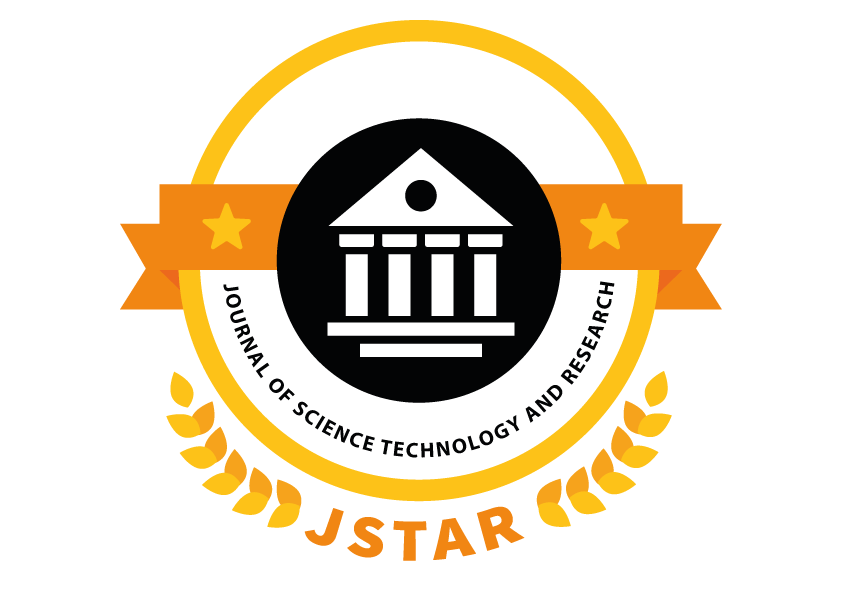1. M. Armbrust, A. Fox, R. Griffith, A. D. Joseph et al., “A view of cloud computing,” Communications of the ACM, vol. 53, no. 4, pp. 50–58, 2010.
2. C. Wang, Q. Wang, K. Ren, N. Cao, and W. Lou, “Toward secure and dependable storage services in cloud computing,” IEEE Transactions on Services Computing, vol. 5, no. 2, pp. 220–232, 2012.
3. K. Xue and P. Hong, “A dynamic secure group sharing framework in public cloud computing,” IEEE Transactions on Cloud Computing, vol. 2, no. 4, pp. 459–470, 2014.
4. J. W. Rittinghouse and J. F. Ransome, Cloud computing: implementation, management, and security. CRC press, 2016.
5. D. Zissis and D. Lekkas, “Addressing cloud computing security issues,” Future Generation Computer Systems, vol. 28, no. 3, pp. 583–592, 2012.
6. H. T. Dinh, C. Lee, D. Niyato, and P. Wang, “A survey of mobile cloud computing: architecture, applications, and approaches,” Wireless Communications and Mobile Computing, vol. 13, no. 18, pp. 1587–1611, 2013.
7. R. A. Popa, C. Redfield, N. Zeldovich, and H. Balakrishnan, “CryptDB: protecting confidentiality with encrypted query processing,” in Proceedings of the 23rd ACM Symposium on Operating Systems Principles. ACM, 2011, pp. 85–100.
8. C. Curino, E. P. Jones, R. A. Popa, N. Malviya et al., “Relational cloud: A database-as-a-service for the cloud,” 2011, http://hdl.handle.net/1721. 1/62241.
9. D. Boneh, D. Gupta, I. Mironov, and A. Sahai, “Hosting services on an untrusted cloud,” in Advances in Cryptology-EUROCRYPT 2015. Springer, 2015, pp. 404–436.
10. X. Chen, J. Li, J. Weng, J. Ma, and W. Lou, “Verifiable computation over large database with incremental updates,” IEEE Transactions on Computers, vol. 65, no. 10, pp. 3184–3195, 2016.
11. X. Chen, J. Li, X. Huang, J. Ma, and W. Lou, “New publicly verifiable databases with efficient updates,” IEEE Transactions on Dependable and Secure Computing, vol. 12, no. 5, pp. 546–556, 2015.
12. S. Benabbas, R. Gennaro, and Y. Vahlis, “Verifiable delegation of computation over large datasets,” in Annual Cryptology Conference. Springer, 2011, pp. 111–131.
13. W. Li, K. Xue, Y. Xue, and J. Hong, “TMACS: A robust and verifiable threshold multi-authority access control system in public cloud storage,” IEEE Transactions on Parallel & Distributed Systems, vol. 27, no. 5, pp. 1484–1496, 2016.
14. K. Xue, Y. Xue, J. Hong, W. Li, H. Yue, D. S. Wei, and P. Hong, “RAAC: Robust and auditable access control with multiple attribute authorities for public cloud storage,” IEEE Transactions on Information Forensics and Security, vol. 12, no. 4, pp. 953–967, 2017.
Page No: 49-59
Abstract : Businesses and people outsource database to realize helpful and low-cost applications and administrations. In arrange to supply adequate usefulness for SQL inquiries, numerous secure database plans have been proposed. In any case, such plans are helpless to protection leakage to cloud server. The most reason is that database is facilitated and handled in cloud server, which is past the control of information proprietors. For the numerical extend inquiry (“>”, “<”, etc.), those plans cannot give adequate protection security against viable challenges, e.g., security spillage of measurable properties, get to design. Besides, expanded number of questions will definitely spill more data to the cloud server. In this paper, we propose a two-cloud engineering for secure database, with a arrangement of crossing point conventions that give security conservation to different numeric-related extend questions. Security analysis shows that privacy of numerical information is strongly protected against cloud providers in our proposed scheme.
Keyword security spillage, cloud server, numerical information
Reference:
